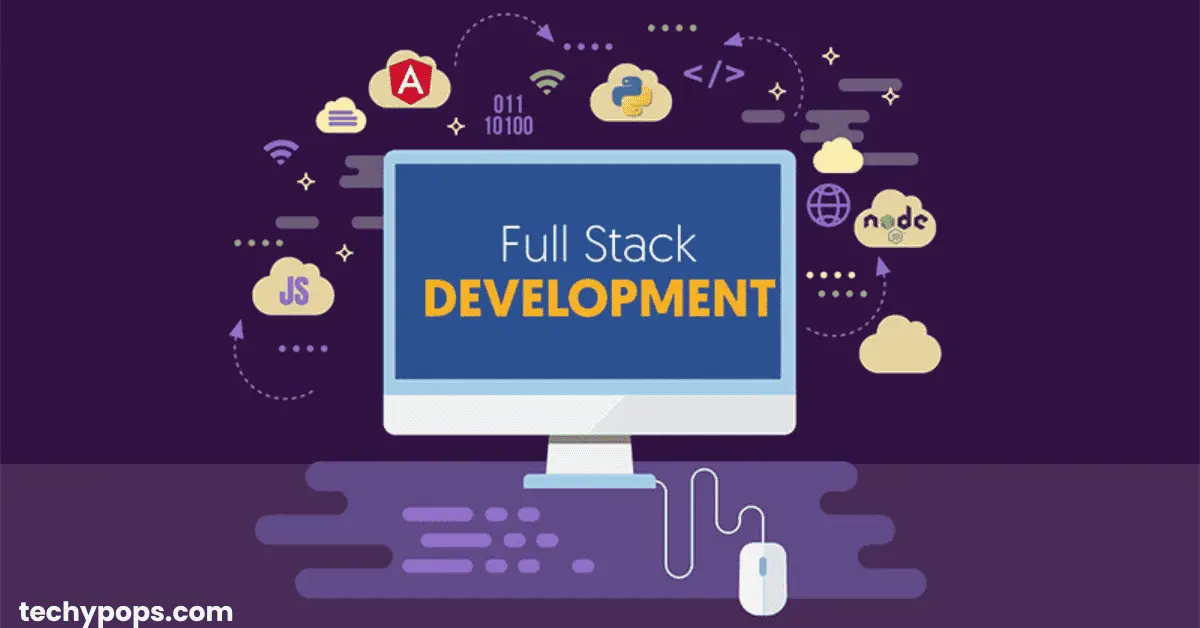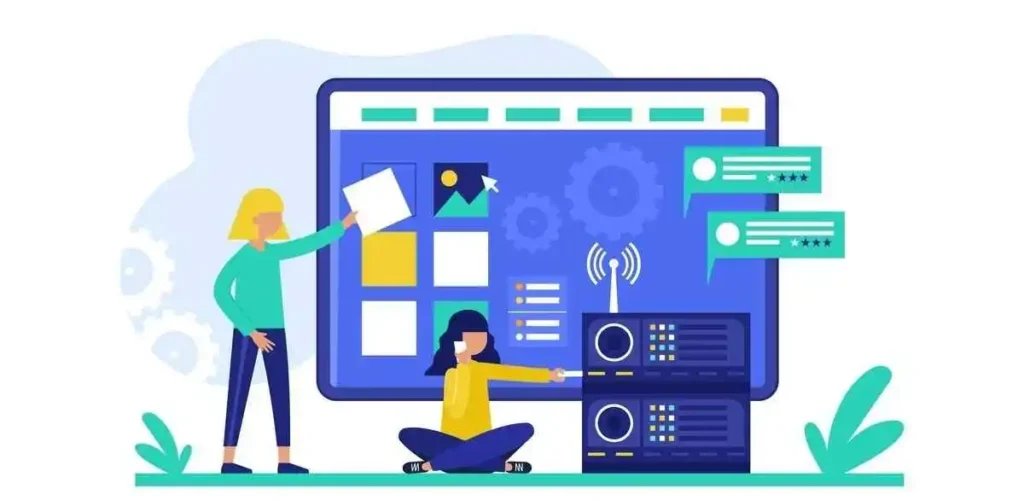Physical Address
304 North Cardinal St.
Dorchester Center, MA 02124
Physical Address
304 North Cardinal St.
Dorchester Center, MA 02124

Full stack web development refers to the process of developing both the front-end (client-side) and back-end (server-side) portions of a web application. A full stack web developer has the skills and expertise to work on every aspect of a web project, from designing the user interface to managing databases and server configurations.
In simple terms, full stack development means handling everything required to create and manage a fully functioning web application. This comprehensive skill set allows developers to work on a wide range of projects, making them highly sought after in the tech industry.

A full stack developer is proficient in both front-end and back-end technologies, meaning they can create and manage all parts of a web application. Here’s a breakdown of what full stack web developers do:
Front-end development focuses on the part of a website that users interact with directly. It involves creating the layout, design, and user interface of a website using technologies like HTML, CSS, and JavaScript.
A full stack developer must ensure that the website is responsive, user-friendly, and visually appealing. Popular front-end frameworks and libraries that full stack developers often use include React, Angular, and Vue.js.
Back-end development deals with the server-side of web development. This includes managing the database, server, and application logic that powers the website behind the scenes. Full stack developers use programming languages such as Node.js, Python, Ruby, and PHP for back-end development.
They also work with databases like MySQL, PostgreSQL, and MongoDB to store and retrieve data efficiently.
Full stack developers are responsible for setting up and managing databases. This involves designing database schemas, writing queries, and ensuring data security and integrity. Understanding both relational and non-relational databases is crucial for full stack web development.
In addition to front-end and back-end development, full stack developers manage servers and ensure that web applications run smoothly. They work with server environments like Apache, Nginx, and cloud platforms like AWS and Azure to deploy and maintain web applications.
Also read: Top Influencer Marketing Benefits You Can’t Ignore in 2024

To become a successful full stack developer, you need to be proficient in several technologies and programming languages. Here are some key technologies commonly used in full stack web development:

Full stack developers play a crucial role in web development projects due to their versatility. They have the ability to oversee the entire development process, from concept to deployment. Here’s how they contribute to the development cycle:
Full stack developers often participate in the early stages of a project, helping to design the architecture of the web application. This involves choosing the right technologies, frameworks, and platforms for the project.
Since full stack developers are proficient in both front-end and back-end technologies, they write the code that powers the entire application. They ensure that the front-end is user-friendly and the back-end is efficient and scalable.
Testing is an essential part of full stack web development. Full stack developers perform both front-end and back-end testing to ensure that everything is working as expected. They also debug any issues that arise during the development process.
Once the application is ready, full stack developers handle the deployment process. They ensure that the website or app is live and running on servers. Additionally, they provide ongoing maintenance, updates, and fixes as needed.
Also read: How to Use Social Media for Small Business
Full stack web development offers several advantages for businesses and developers alike:
Hiring a full stack developer can be more cost-effective than hiring separate front-end and back-end developers. A full stack developer can handle both aspects of development, reducing the need for a larger team.
Full stack developers have a comprehensive understanding of the entire web development process, which allows them to adapt to various roles and challenges within a project.
Since full stack developers work on both the front-end and back-end, they can streamline communication between different teams, ensuring that the project runs smoothly.
Full stack developers can oversee the entire development process, which helps speed up project timelines. They can switch between front-end and back-end tasks as needed, reducing delays.
To become a full stack developer, you need to acquire a broad range of technical skills. Here are the key skills required for full stack web development:
Full stack web development is a critical skill set in today’s fast-paced digital world. By understanding both front-end and back-end development, full stack developers can create efficient, scalable, and visually appealing web applications. Whether you’re a business looking to build a website or a developer looking to expand your skillset, full stack development offers versatility, cost-effectiveness, and faster project turnaround times.
As the demand for web applications continues to grow, so does the need for skilled full stack developers who can take on diverse roles and responsibilities. If you’re interested in becoming a full stack developer, now is the perfect time to start learning the technologies and skills required to succeed in this dynamic field.

Web Developer | Tech Enthusiast | Advocate for Special Education